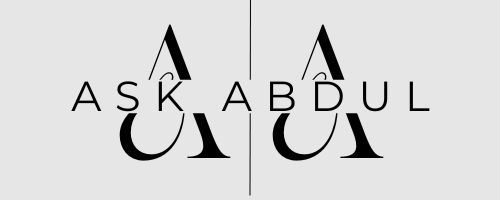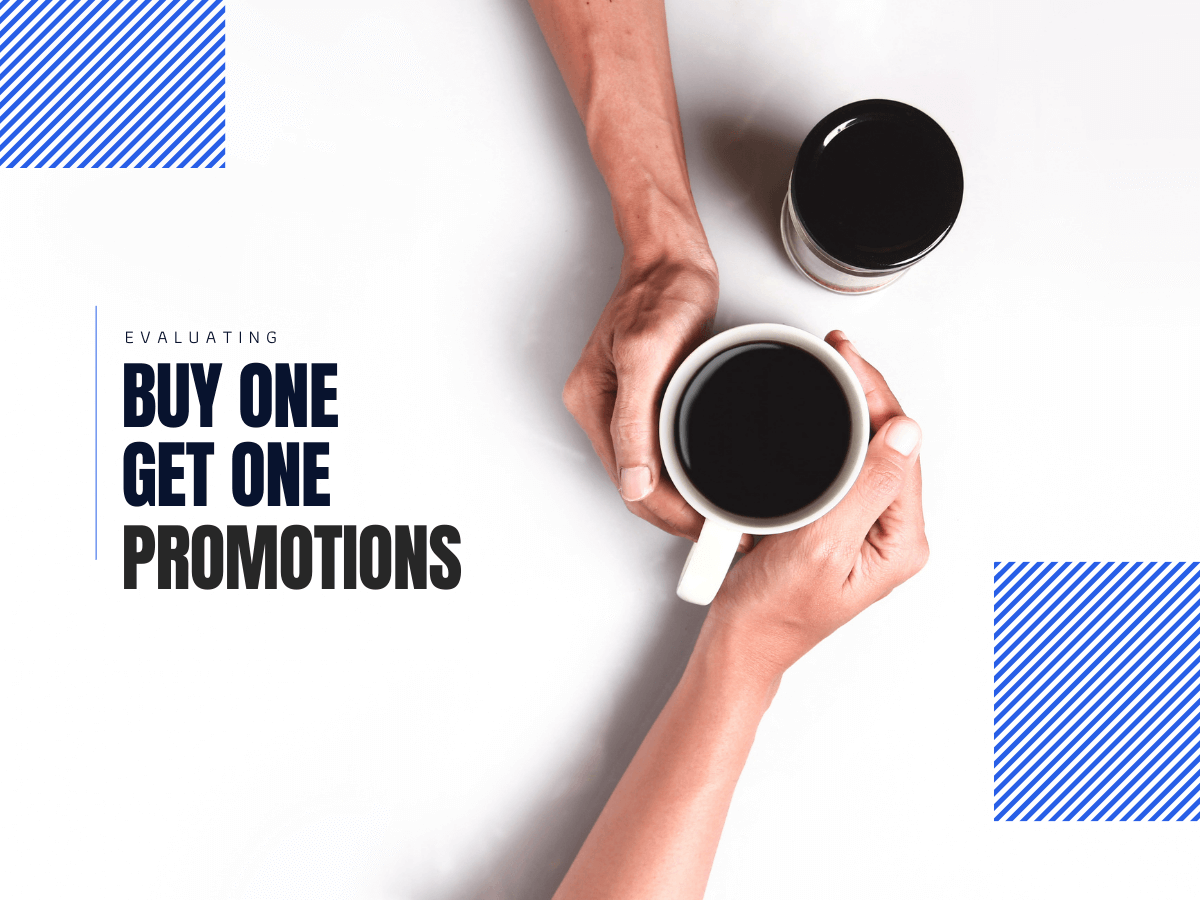How to Increase AOV in E-commerce with Irresistible Offers & Landing Pages
Understanding Contribution Margin: The Key to Profitable Offers
In e-commerce, knowing your numbers is foundational to creating offers that boost your Average Order Value (AOV) without eroding profitability. One of the most crucial metrics in this equation is contribution margin—a key indicator of how much you’re actually making per sale after covering costs.
To calculate contribution margin, start by subtracting your cost of goods sold (COGS), discounts, shipping, processing fees, and customer acquisition costs (CAC) from your sale price or MSRP. The remainder is your contribution margin. When running paid ads, understanding this margin helps you set a break-even return on ad spend (ROAS), which tells you the minimum ROAS needed to avoid losses.
For instance, if your Average Order Value (AOV) is $100, and your profit before CAC is $75, dividing $100 by $75 gives a break-even ROAS of 1.33. This means you must reach at least a 1.33 ROAS to break even on a first-time customer, with any figure above that indicating profitability.
Mastering these numbers is the first step in crafting offers that not only increase AOV but also help you scale your business profitably.
Crafting High-Impact Offers to Increase AOV
Creating offers that resonate with customers and increase Average Order Value (AOV) takes a strategic approach. The key is to ensure that these offers drive conversions without sacrificing profitability. Many e-commerce brands fall into the trap of offering deep discounts or numerous freebies, thinking it will boost sales. However, without carefully calculating each offer’s cost, this can lead to slim or even negative profit margins.
Start by analyzing your variable costs—such as product, packaging, and shipping expenses—and make sure they’re factored into each offer. For example, bundling products into a 3-month or 6-month supply can increase AOV while managing costs effectively. But if this is combined with too many free items or heavy discounts, you could end up absorbing extra costs that reduce profitability.
Solution:
To keep offers profitable, consider bundling or volume discounts over large-scale free gifts and deep discounts. Focus on deals that offer high perceived value without heavily increasing costs. For instance, instead of giving away multiple free items, offer a tiered discount where customers save more by buying in bulk. This approach boosts AOV while protecting your profit margin, making it easier to scale effectively.
Bundling, Cashback, and More: Offer Ideas That Work
To truly increase AOV, it’s essential to experiment with different types of offers that appeal to various customer motivations. The following strategies not only encourage larger purchases but also help maintain a healthy profit margin when implemented carefully:
- Bundling: Bundling is one of the simplest and most effective ways to increase AOV. Offering products in sets—such as a 3-month or 6-month supply—can drive higher order values while giving customers a perceived discount.
- BOGO (Buy One, Get One): BOGO deals, like “Buy Two, Get One Free,” increase AOV by encouraging customers to buy more in one go. These offers are especially powerful when there’s a high perceived value, and customers feel like they’re getting something substantial at a reduced price.
- Cashback Offers: Instead of direct discounts, offering cashback—like 20% back on orders over a certain amount—can incentivize larger purchases without impacting the initial sale price. With cashback offers, customers often pay full price upfront, with the option to redeem a portion afterward. Many don’t redeem the full amount, which means lower final costs for the business.
- Gift with Purchase: Offering a free item with a minimum purchase, such as a branded shaker cup or frother, adds perceived value without a large cost increase. This tactic works particularly well if the gift is something that customers wouldn’t typically purchase but is relevant to the main product.
Solution:
When choosing offers to increase AOV, consider using tiered bundles with added perks to encourage larger purchases. For example, offer a small discount and a free sample with a 3-month supply and a larger discount with a more premium free gift (e.g., a high-quality accessory) for a 6-month supply. By testing these tiers, you can gauge which bundle maximizes AOV with minimal impact on profitability. This approach also offers flexibility, allowing you to remove lower-performing elements, like excessive free gifts, if they fail to boost conversions in testing.
Avoiding Costly Mistakes in Your Offer Strategy
Creating high-value offers to boost AOV can be a game-changer, but certain mistakes can quickly erode profitability. Here are some common pitfalls and how to avoid them:
- Excessive Free Gifts or Discounts: While it may be tempting to stack on discounts and freebies, these additions can quickly increase your costs, especially if they include high-cost items or services. Each added discount or freebie cuts into your contribution margin, making it harder to achieve a profitable return on ad spend (ROAS).
- High Break-even ROAS Targets: The more costly an offer, the higher your break-even ROAS needs to be. This puts pressure on your ads to perform exceptionally well just to break even. Lowering your break-even target by managing costs allows you to scale more effectively, even with smaller returns per sale.
- Uniform Offers Across Different Products: Each product comes with unique costs and break-even targets, meaning a “one-size-fits-all” offer may not work across your inventory. Tailoring offers to specific products lets you maintain optimal profitability on each item.
- Bundling Too Many Items: Combining multiple items in a single bundle may seem appealing, but it can dilute perceived value if the offer becomes overwhelming or overly complex. Simpler bundles with clear benefits tend to perform better.

Solution:
To avoid costly mistakes, create optimized, data-driven offers by first calculating the break-even ROAS for each product before setting discounts or adding freebies. For example, you might set up A/B testing to trial versions of an offer with and without a free gift to see which performs better with lower costs. This data-driven approach helps you balance between high AOV and sustainable profitability, enabling easier scaling in the long run.
Diversifying Ad Creative to Maximize Reach
One key reason many ad campaigns struggle to scale is a lack of creative diversity. When customers see the same types of ads repeatedly, engagement rates can drop, limiting the effectiveness of your campaigns. To maximize reach and attract a broader audience, it’s essential to diversify ad creatives across multiple formats.
- Content Types: Use a mix of static images, videos, and GIFs to keep content fresh. Static images can be powerful for quick, attention-grabbing visuals, while videos allow you to tell a more comprehensive brand story or demonstrate product benefits in action.
- Quality Spectrum (Lo-Fi vs. Polished): Cover both ends of the quality spectrum by using a blend of lo-fi (casual, user-generated content) and polished, high-production content. Lo-fi ads often feel more authentic and relatable, especially for social media, while polished ads convey a more professional brand image and can work well on landing pages or high-conversion areas.
- Messaging Variety: Split your messaging between emotional benefits (how the product solves a customer’s pain point) and product-specific features (like ingredients or specifications). For instance, an ad focusing on how your product improves users’ confidence appeals emotionally, while another showcasing its technical features informs more analytical buyers.
Solution:
Develop a creative matrix that ensures content diversity by combining static and video formats with lo-fi and polished quality levels. Test different creative combinations, then measure which resonates best with your audience across each platform. For instance, you might find that lo-fi user-generated content (UGC) videos perform best on social media while polished product demonstrations are more effective in retargeting ads. This approach allows you to scale successfully, as diverse creatives help attract a wider audience, maintain engagement, and keep your AOV-boosting campaigns profitable.
Using AI to Analyze Customer Needs & Tailor Ad Copy
AI has become a powerful tool for optimizing ad copy and offers based on customer insights. By using AI to analyze customer reviews, ad comments, and purchase behaviors, you can better understand what drives customers to buy, their hesitations, and the language that resonates with them.
- Customer Research: Use AI to gather data from reviews, social media comments, and direct feedback to identify recurring themes, such as customer pain points, goals, or common objections. This process helps you tap into the customer mindset, which is critical for creating effective offers and ad copy.
- Ad Copy and Landing Pages: Leverage AI platforms like ChatGPT to tailor ad copy and landing pages according to your audience’s tone and needs. For instance, AI can generate copy that emphasizes popular benefits, highlights unique product features, and speaks directly to customer motivations.
- UGC and Creative Briefs: AI can also aid in creating user-generated content (UGC) briefs by analyzing customer sentiment. This allows you to produce content that aligns with what your audience values most, making it easier to connect with them emotionally.
Solution:
Streamline your creative process by using AI tools to analyze customer data and develop messaging that aligns with their core desires and concerns. Start by running an analysis on your most recent reviews and social media feedback. Then, apply those insights to generate AI-driven ad copy and UGC briefs that reflect your customers’ language and needs. Testing this copy can help refine your messaging to achieve higher conversions across your ads and landing pages.
Structuring Your Ad Account for Maximum Efficiency and Scale
Efficient ad account structure is vital to maximizing your return on ad spend (ROAS) while scaling up. Depending on your campaign goals, you can choose from two main ad account structures: one aimed at high-volume sales and the other focused on cost efficiency.
- High-Volume Structure: This setup includes a testing campaign and a scaling campaign. In the testing phase, ad sets use different themes and creatives, with the goal of finding winning combinations that can then be moved to the scaling campaign. Broad targeting and high-budget settings allow Meta’s algorithm to optimize for conversions.
- Cost Efficiency Structure: Ideal when cash flow is critical, this structure uses cost caps to control spending tightly. Each campaign focuses on a single angle or product, allowing for precise budget management. This approach is particularly effective when paired with broad targeting and customer exclusions to focus on net new audiences.
- Optimization Tips: Regardless of the structure, maintaining a minimum of 50 conversions per ad set over a seven-day period is essential for optimization. Avoid making frequent adjustments to give the algorithm time to optimize performance.
Solution:
For a scalable and efficient ad account, start with a high-volume structure to identify high-performing ads, then shift to a cost-efficiency structure if cash flow demands tighter control. By setting a clear break-even ROAS target and adjusting your account structure to support it, you can ensure ads remain profitable. Regularly test both structures to find the optimal setup based on your goals and ad performance metrics, allowing for controlled scaling over time.
Conclusion
Increasing AOV in e-commerce is achievable with a strategic approach to offers, ad creatives, and ad account management. By understanding your contribution margin, testing high-impact offers like bundling and cashback, and using AI-driven insights, you can create campaigns that resonate with your audience and drive profitable growth. Consistently refining your ad structure and maintaining diverse creatives ensure that your campaigns are scalable and adaptable to changing audience preferences.
Ready to boost your AOV and create irresistible offers? Start by implementing one of these proven strategies and watch as your customers engage more deeply and spend more per order. With data-driven insights and efficient ad management, you’re set to make every click count.





